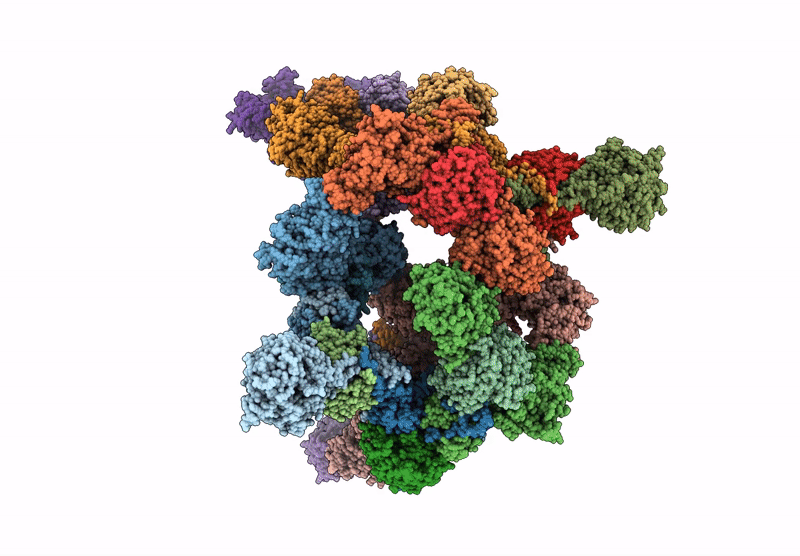
Deposition Date
2022-07-08
Release Date
2022-11-02
Last Version Date
2024-07-24
Method Details:
Experimental Method:
Resolution:
2.95 Å
Aggregation State:
PARTICLE
Reconstruction Method:
SINGLE PARTICLE


